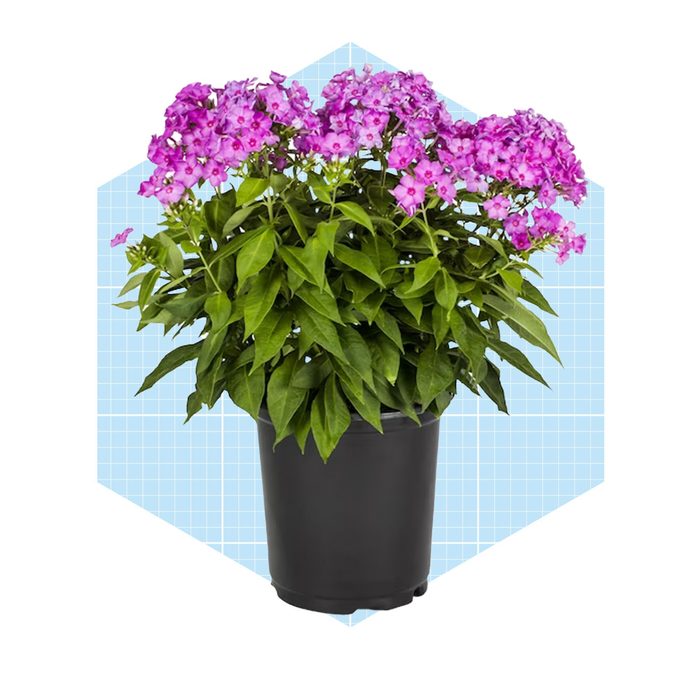
Creeping Phlox
For sunny areas with well-drained soil, creeping phlox (Phlox subulata) covers the ground while only growing 4 to 6 inches tall. Best in U.S. Department of Agriculture (USDA) Plant Hardiness Zones 3 through 9, it provides a bright spot in mid-spring, and produces colorful flowers in shades of pink, white and purple. Once established, creeping phlox tolerates drought. Space plants about 12 inches apart and use a mulch to keep weeds at bay until it covers the ground.
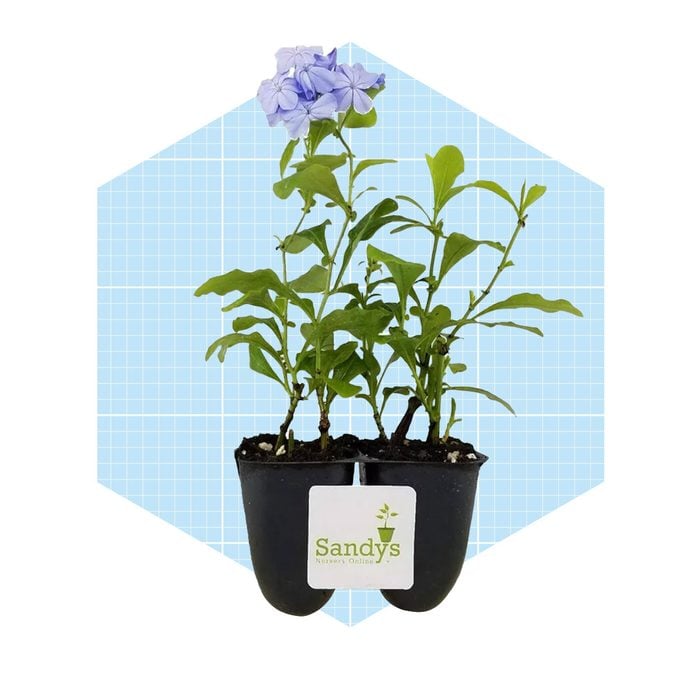
Hardy Plumbago
Hardy plumbago (Ceratostigma plumbaginoides), sometimes called leadwort, forms a mat over the ground by spreading via rhizomes, aka underground stems. Plant where it gets some sun in the morning and shade during the hottest parts of the day.
Hardy in USDA zones 5 through 9, it prefers well-drained soil. In zone 5, it may need mulch to overwinter successfully. In late summer and early fall, it shows deep blue flowers on 8- to 12-inch-tall stems, and the foliage turns orange-red in the fall.
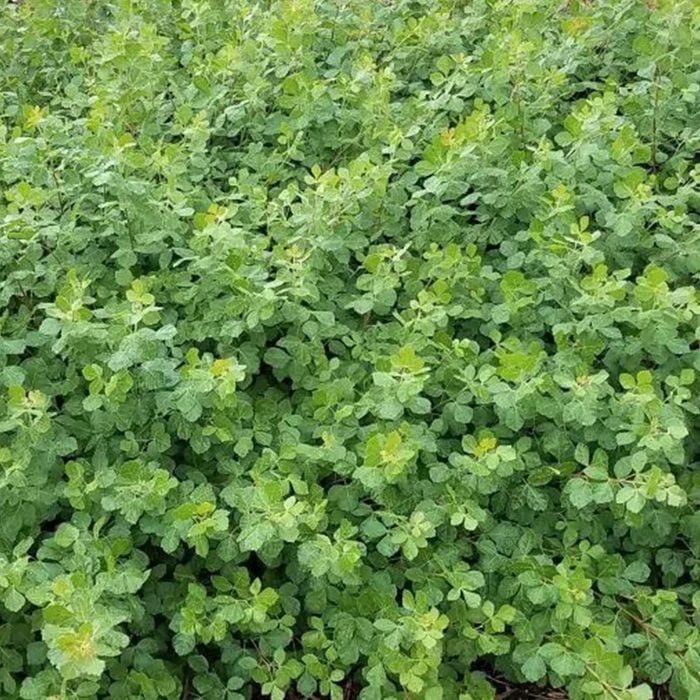
Gro-Low Sumac
If you have a large area to cover, consider Gro-Low Sumac (Rhus aromatica)‘. This shrub will spread to become 6 to 8 feet across and 2 to 3 feet tall, so it won’t take many plants to fill in a large area. Hardy in zones 3 through 9, it grows well in various soils, in full sun or part shade. It’s often planted on steep hillsides where mowing can be tricky. Bonus feature: Deer don’t usually eat it.
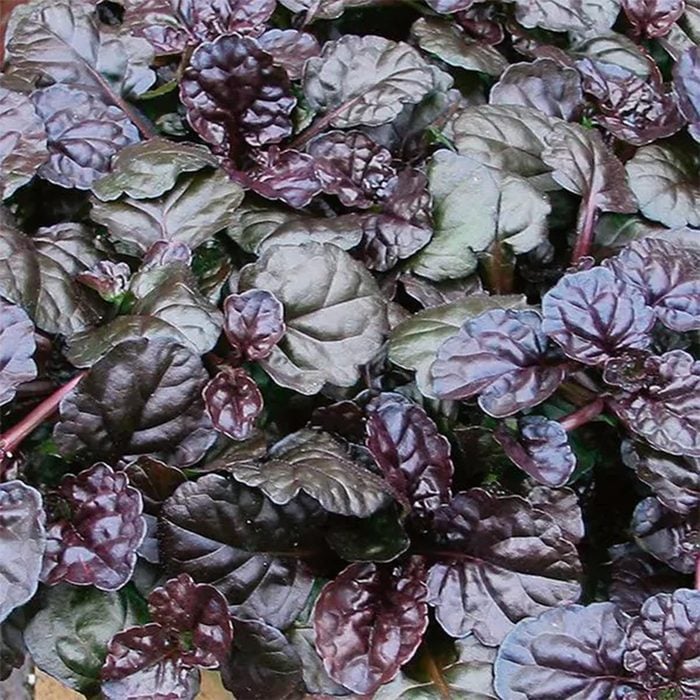
Bugleweed
Bugleweed (Ajuga reptans) is a low-growing ground cover plant that quickly spreads mats of foliage. It grows well in zones 4 through 9, in sun and shade. Bugleweed comes in several leaf colors, and some varieties, like ‘Black Scallop‘ have almost black foliage. Its flowers, usually blue, appear in mid- to late-spring and can be cut off to provide a tidier look. It also tolerates some light foot traffic, so it’s good to fill in around stepping stones. Deer and rabbits will generally leave it alone.
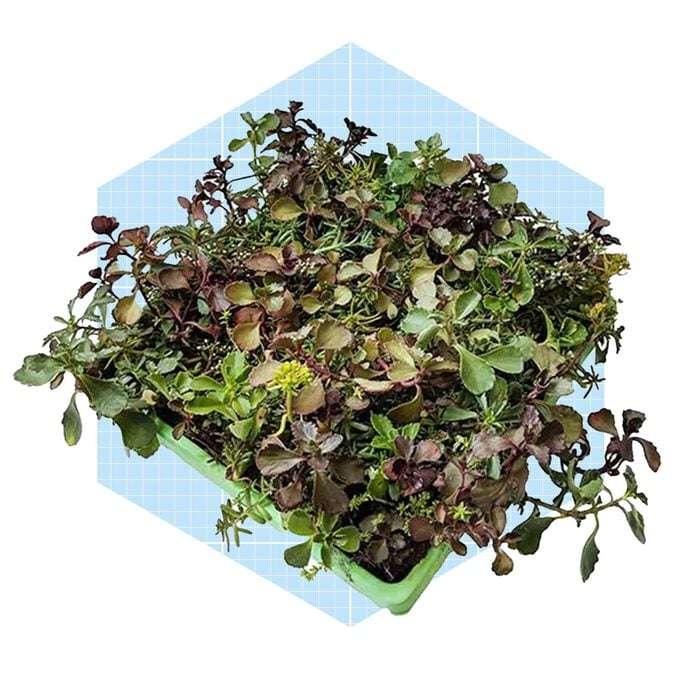
Sedum
If you have dry and sunny conditions, several varieties of Sedum spurium should keep weeds from taking hold. Most sedums, sometimes called stonecrop, are hardy in zones 3 through 8 and stay low to the ground. They’re rabbit- and deer-resistant and will bloom, which can be removed after flowering or left alone. If you can’t decide which variety to plant, try a sedum mat, which includes several types.
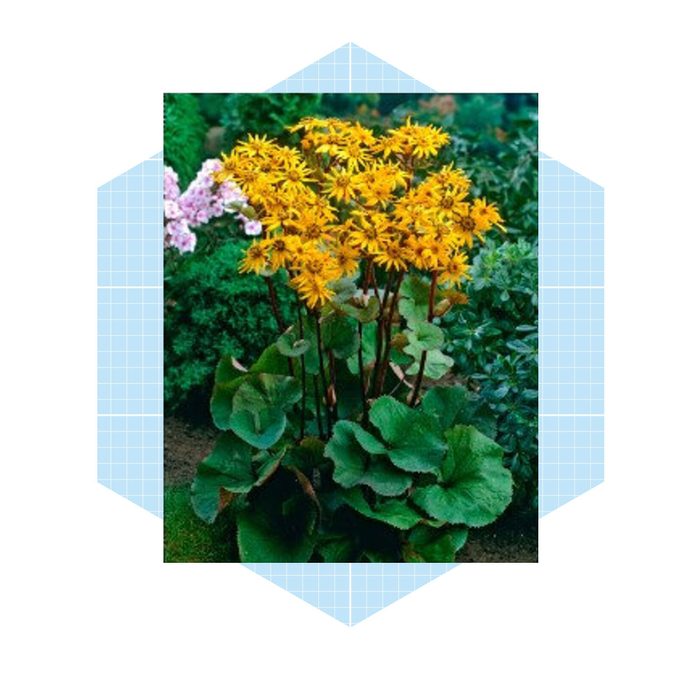
Groundsel
For a native plant option, Kathy Jentz, author of Groundcover Revolution, recommends groundsel (Packera aurea), sometimes called butterweed, golden ragwort or senecio. “The basal foliage spreads across the ground and forms a dense groundcover,” she writes. It blooms in spring with yellow flowers on 12- to 24-inch stems. Jentz advises removing the spent flowers to keep it from self-sowing where you don’t want it to grow. Groundsel is hardy in zones 3 through 8, and prefers moist soils in shade or part sun.
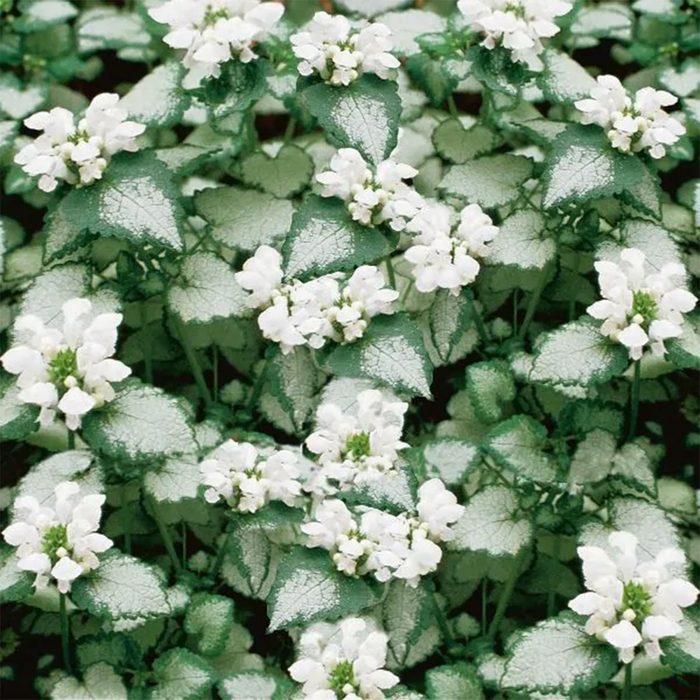
Lamium
To brighten up shady areas, try Lamium maculatum. Most varieties have variegated foliage, which, along with white or purplish-pink flowers, lets them stand out in the shade. They aren’t bothered by deer or rabbits, and once established, can tolerate drought and heat. They grow in zones 4 through 9 and aren’t too fussy about soil.
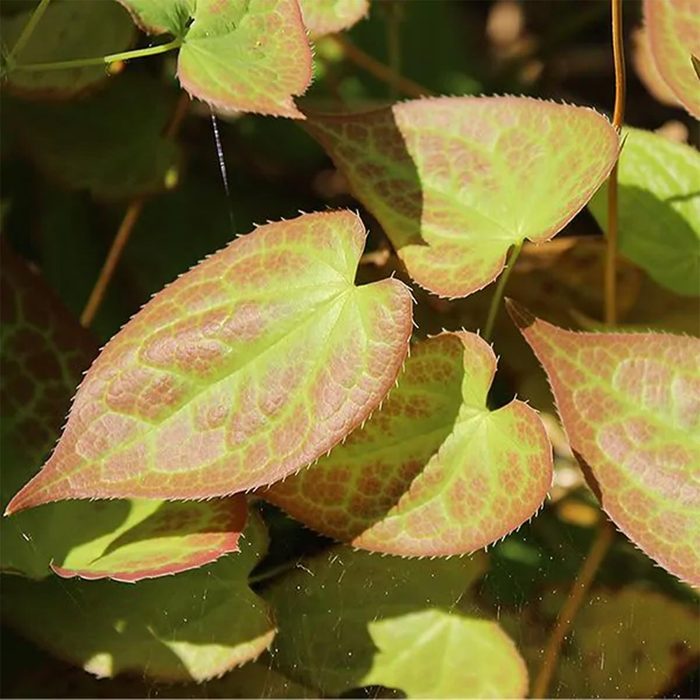
Barrenwort
Also known as bishop’s hat and fairy wings, which allude to the unusual shape of the flowers, barrenwort (Epimedium grandiflorum) grows well in shaded areas. The plants stay low to the ground, usually shorter than 12 inches, and spread out via rhizomes. They’re hardy zones 5 through 9, and some people choose varieties of barrenwort based on flower or leaf color preferences.
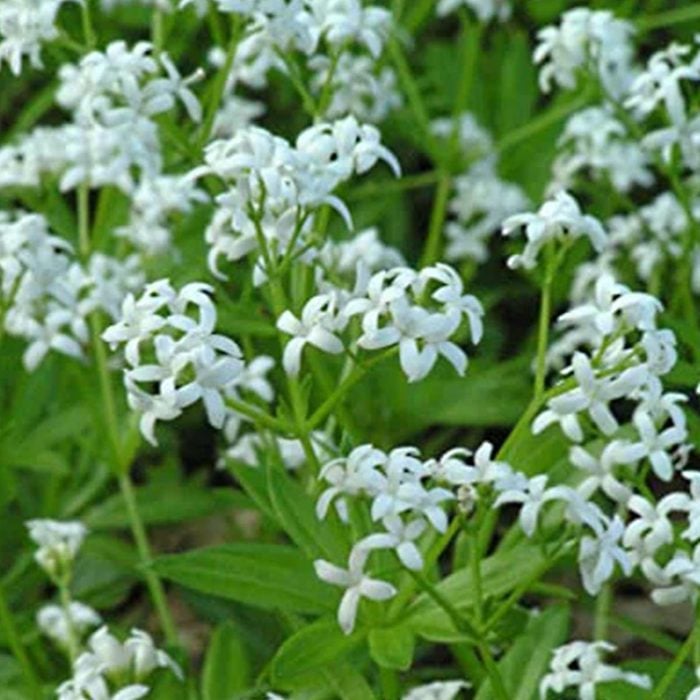
Sweet Woodruff
When gardeners describe how sweet woodruff (Galium odoratum) grows, they may use the phrase “chokes out weeds.” When planted in shade or a part-shade area, this plant can quickly take over a large area, so give it room to spread. Hardy in zones 4 through 9, it shows small white flowers in the spring. If you know someone already growing sweet woodruff, they probably have plenty to share with you.
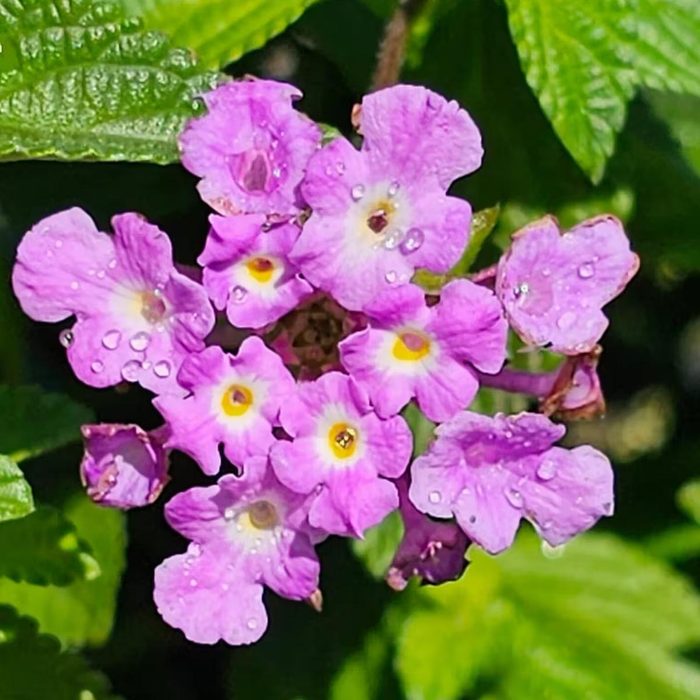
Trailing Lantana
Trailing lantana (Lantana montevidensis) is one of the ground covers recommended by Noelle Johnson, author of Dry Climate Gardening. It grows well in zones 9 through 11, and Johnson says it’s fast-growing and good for planting in large masses. Its purple flowers will attract butterflies from spring through fall, and deer and rabbits tend to leave it alone. To rejuvenate trailing lantana, Johnson recommends pruning it severely every other spring.
